Lee, Tanith - Where All Things Perish
VIP免费
2024-11-23
2
0
74.7KB
23 页
5.9玖币
侵权投诉
Where All Things Perish by Tanith Lee
Where All Things Perish
Tanith Lee
TANITH LEE BEGAN WRITING at the age of nine, and after various employment, she became a full-
time writer in 1975, when DAW Books published her novel The Birthgrave. Since then she has written
and published around sixty novels, nine collections and over 200 short stories. She has also scripted two
episodes of the cult BBC-TV series Blakes 7, and has twice won the World Fantasy Award for short
fiction and was awarded the British Fantasy Society's August Derleth Award in 1980 for her novel
Death's Master.
In 1998 she was shortlisted for the Guardian Award for Children's Fiction for her novel Law of the Wolf
Tower, the first volume in the 'Claidi Journal' series. More recently, Tor Books has published White as
Snow, the author's retelling of the Snow White story, while Overlook Press has issued A Bed of Earth
and Venus Preserved, the third and fourth volumes respectively in the 'Secret Books of Paradys' series.
She is currently working on a sequel to her novel The Silver Metal Lover for Bantam Books.
"Late one night, my partner John Kaiine and I fell to talking about ghost stories and other sinister
matters," recalls the author. "Outside the by-then-darkened room, leaves were appearing on the trees and
seeming to form strange shapes and faces. The idea of looking from windows took hold of us. Then, as is
his wont, John produced an idea so perfect for a story that the usual scramble was on to grab a notebook.
The spine of the work supplied, the characters began to arrive on their own, as is their wont.
"The story was almost entirely there, even its title, which came to me at once. Then I had only to think of
a remedy. I went to sleep with my head well-filled by the tale, and woke up with the solution to
everything shining darkly there on some efficient desk in my brain."
1
It was glimpsing Polleto again, between trains, at that hotel in Vymart, which made me remember.
Which, in its way, is quite curious, for how could I ever have forgotten such a thing? So impossible and
terrible a thing. And yet, the human mind is a strange mechanism, and the human heart far stranger.
Sometimes the most trivial events haunt our waking hours, even our dreams, for years after they have
happened. While episodes of incredible moment, perhaps only because they have been marked indelibly
upon us, stand back in the shadows, mute and motionless, until some chance ray of mental light discovers
them. And then they are there, burning bright, towering and undismissable once more. At such times one
knows they are more than memories, more than the mere furniture of the brain. Rather, they have become
part of it, a part of oneself.
"What is it, Frederick, that you are staring at?"
"That little man at the table over there."
"What, that little clerkish chap in the dusty overcoat? He hardly looks worthy of your curiosity. Of
anyone's, come to that."
"No, he probably isn't. A very ordinary fellow, the sort you wouldn't recall, I suppose, in the normal way
of things."
file:///G|/Program%20Files/eMule/Incoming/Tan...0Lee%20-%20Where%20All%20Things%20Perish.html (1 of 23) [10/31/2004 11:46:33 PM]
Where All Things Perish by Tanith Lee
"I should think not. But you do?"
"Well, as it happens, he was resident in a place where something very odd once happened to me. And not
to myself alone."
"He was involved in this odd thing? He looks blameless to the point of criminality."
"I imagine that he is. No, he was simply living there at the time, had been there two or three years, if I
remember correctly. I met him once, in the street, and my aunt introduced him as a Mr Polleto. We
exchanged civilities, that was all. He had the faintest trace of a foreign accent, but otherwise seemed a
nonentity. My aunt confessed they had all been very disappointed in him because, learning his name
before his arrival, they'd hoped for some sort of flamboyant Italian theatrical gentleman, or something of
the sort."
"He looks more like a grocer."
"My aunt's words exactly. Those were the probable facts, too, I believe. He'd been a shopkeeper, but had
come into some funds through a legacy. He bought a house in Steepleford, which was where I was
visiting my aunt."
"This is a remarkably dull story, Frederick."
"Yes." I hesitated then. I added, "The other story isn't, I can assure you."
"The story which you recollect only since you caught sight of your Mr Polleto? Well, are you going to
blab? We have four long hours before the Wassenhaur train. Let's refresh our glasses, and then you can
tell me your tale."
"Perhaps not."
"Oh, come, this is too flirtatious. What have you been doing all this while but trying to engage my
attention in it?"
"I protest."
But the brandy bottle intervened. And presently, sitting on that sunny terrace of the Hotel Alpius, I
recounted to my friend and travelling companion the story which I will now relate. That was the first
time I ever told it to anyone. And this, now, I trust, will be the last.
2
The modest town of Steepleford had some slight notoriety in the eighteenth century, when it was one of
the centres of a cult known as the Lilyites. These people believed so absolutely in the teachings of Christ,
and acted upon them so unswervingly, that they soon turned the entire Christian church against them.
There were a few hangings and some riots, as is often the way in these cases, until at last the cult lost
both dedication and adherents, and ebbed away. Even so, through the succeeding years (from about 1750
to 1783), now and then some murmur might be heard of the Lilyites. Being, however, still generally
feared and loathed for their extreme habits, they were soon rooted out and disposed of, one way or
another. The last hint of the cult seemed to surface, nevertheless, in sleepy Steepleford. During the July
of 1783, one Josebaar Hawkins was harangued in Market Square for holding a secret meeting of
seventeen persons, at which they had, allegedly, sworn to slough their worldly goods and to love all men
as themselves, in the celebrated Lilyite manner.
At his impromptu trial, Hawkins either denied all this, or ably recanted. He was said to have laughed
heartily at the notion of giving up his fine house, which was the product of successful dealings in the
textile industry and which stood to the side of Salter's Lane in its own grounds. He asked, it seems, if the
file:///G|/Program%20Files/eMule/Incoming/Tan...0Lee%20-%20Where%20All%20Things%20Perish.html (2 of 23) [10/31/2004 11:46:33 PM]
Where All Things Perish by Tanith Lee
worthies now questioning him thought that he would also abandon his new and beautiful young wife,
who went by the unusual name of Amber Maria, or drag her with him in the Lilyite fashion, shoeless and
penniless, about the countryside.
Hawkins was presently acquitted of belonging to the sect. No others were even interviewed upon the
matter. Thereafter no more is heard, in the annals of Steepleford, of the Lilyites, but there is one more
mention of Hawkins and his wife. This record states that in 1788, Amber Maria, being then twenty years
of age, (which must have made her fifteen or less at her wedding), was taken ill and died within a month.
Hawkins, not wishing to part from her even dead, obtained sanction for her burial in the grounds of his
house.
All this, though possibly of local interest in Steepleford, where as a rule a horse casting its shoe in the
street might cause great excitement, is of small apparent value on the slate of the world. Yet I must
myself now add that even in my own short and irregular visits to the town, I had been, perhaps
inattentively, aware of a strangeness that somehow attached itself to the Hawkins house, which still stood
to the side of Salter's Lane.
The Lane ran up from Market Gate Street. It was a long and winding track, with fields at first on both
sides, leading in turn to thick woodland that in places was ancient - great green oaks and mighty
chestnuts and beeches, some over two hundred years of age. I can confirm from walks I have taken that
there exist, or existed, areas in these woods which seemed old nearly as civilization, and when an elderly
country fellow once pointed out to me a group of trees that had, he said, stood as saplings in the reign of
King John, I more than half believed him. But this, of course, may be attributable merely to an
imaginative man's fancy.
Some two miles up its length, Salter's Lane takes a sharp turn toward the London Road. At this juncture
stands the house of Josebaar Hawkins.
It was built in the flat-faced style of those times, with tall, comfit-box-framed windows and a couple of
impressive chimneys like towers, behind a high brick wall. Although lavish enough for a cloth merchant
and his wife, the 'grounds' were not vast, more gardens, and by the time I first happened on the place
these had become overgrown to a wilderness. Even so, one might make out sections of brickwork, and
the chimney tops, above the trees.
Having found it, I asked my aunt about the house, idly enough I am sure. She replied, also idly, that it
was some architectural monstrosity a century out of date, standing always shut up and empty, since no
one would either buy it or pull it down. Perhaps I asked her even then why no one lived there. I know I
did ask at some adjacent point, for I retain her answer. She replied, "Oh, there's some story, dear boy, that
a man bricked up his wife alive in a room there. She belonged to some wild sect or other, with which he
lost patience. But she had, I think, an interesting name… now what can that have been?" My aunt then
seemed to mislay the topic. However, a few hours, or it may have been days, later, she presented me,
after dinner one night, with a musty thick volume from her library. "I have marked the place."
"The place of what, pray?" I inquired.
"The section that concerns the house of Josebaar Hawkins."
I was baffled enough, not then knowing the name, to sit down at once in the smoking room and read the
passage indicated. So it was that I learned of the Lilyites, of whom also I had never heard anything until
then, and of Hawkins and his house off Salter's Lane. Included in the piece was the account from which I
have excerpted my own note above on Hawkins's impromptu 'trial'. It also contained a portion quoted
file:///G|/Program%20Files/eMule/Incoming/Tan...0Lee%20-%20Where%20All%20Things%20Perish.html (3 of 23) [10/31/2004 11:46:33 PM]
声明:本站为文档C2C交易模式,即用户上传的文档直接被用户下载,本站只是中间服务平台,本站所有文档下载所得的收益归上传人(含作者)所有。玖贝云文库仅提供信息存储空间,仅对用户上传内容的表现方式做保护处理,对上载内容本身不做任何修改或编辑。若文档所含内容侵犯了您的版权或隐私,请立即通知玖贝云文库,我们立即给予删除!
分类:外语学习
价格:5.9玖币
属性:23 页
大小:74.7KB
格式:PDF
时间:2024-11-23




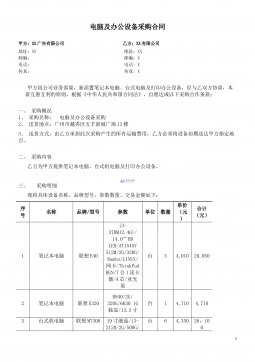

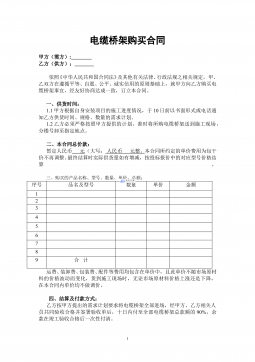



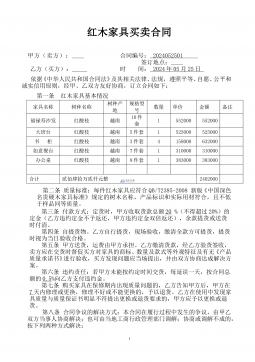
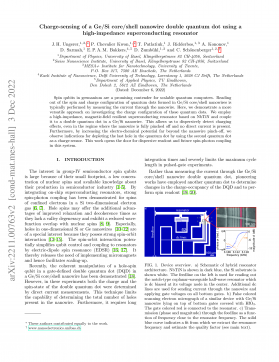
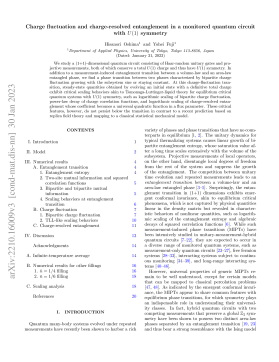

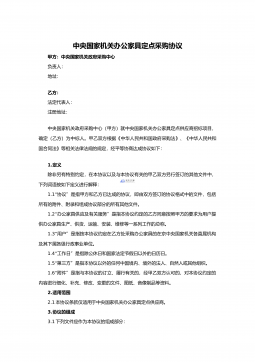


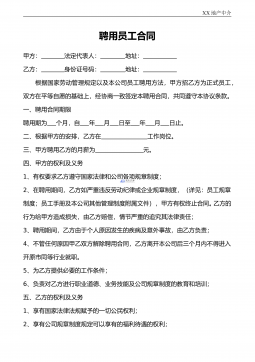
 渝公网安备50010702506394
渝公网安备50010702506394
